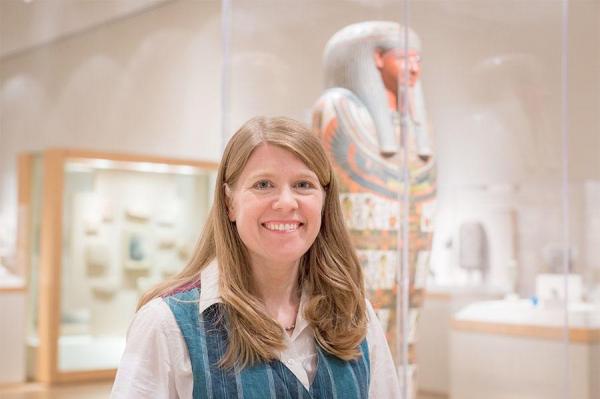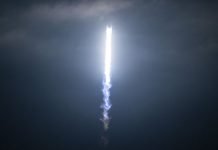
BIRMINGHAM, Ala., Feb. 18 (UPI) — Space archaeologist Sarah Parcak has located thousands of ancient ruins, including pyramids and burial sites, all via satellite imagery.
Parcak’s groundbreaking work recently earned her $1 million as the recipient of the 2016 TED Prize.
Parcak is the founder of the Laboratory for Global Observation and an archaeology professor at the University of Alabama at Birmingham. In Egypt alone, she and her colleagues have used algorithms to analyze thousands of satellite images and uncover 17 potentially unknown pyramids, 1,000 tombs and 3,100 settlements.
Her work has identified thousands more previously undiscovered archaeological sites across Europe, the Mediterranean and the North Atlantic. Parcak’s research also helped document looting at Egyptian sites in the wake of the 2011 revolution and resignation of President Hosni Mubarak.
The prize money will help Parcak roll out a new research project that aims to recruit thousands of citizen scientists to her cause. A crowdsource platform will train volunteers to analyze satellite imagery for potential archaeological sites and log their findings for further analysis by experts.
“I want the entire world to be able to engage with archaeological discovery,” Parcak said in a press release.
Volunteers will also be able to aid efforts to spot archaeological looting in places like Syria, Iraq and elsewhere.
“We are at a tipping point with our global heritage, and the only way for us to take action now is to allow the world [to] help archaeologists map sites and find looting in weeks instead of months or years — whether they are in classrooms or on a coffee break,” Parcak said.
As scientific inquiry assumes new and more democratic paths online, Parcak is working to ensure the energies of online cooperation are put to good use.
“Sarah is the ultimate 21st century explorer,” said Anna Verghese, director of the TED Prize. “She’s pioneered a new way of finding ancient sites from space, and with the TED Prize she’s opening up and making accessible the field of archaeology.”





